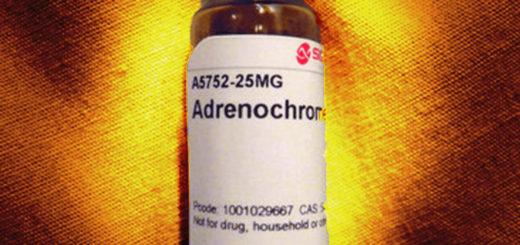The Artificial Wombs in the Matrix Movies Become Reality With the Creation of Synthetic Embryos
That device keeps the embryos bathed in a nutrient solution inside of beakers that move continuously, simulating the way nutrients are supplied by maternal blood flow to the placenta, and closely controls oxygen exchange and atmospheric pressure.
Scientists have grown a synthetic embryo for the first time without fertilised eggs, and it could open doors for growing organs and tissues.
Key points:
- Weizmann Institute of Science researchers have grown synthetic embryo models of mice outside the womb by starting solely with stem cells cultured in a dish
- The method opens new horizons for studying how stem cells form various organs in the developing embryo
- It could make it possible to grow tissues and organs for transplantation using synthetic embryo models
Weizmann Institute of Science researchers have grown synthetic embryo models of mice outside the womb by starting solely with stem cells cultured in a Petri dish.
The study, published this week in the journal Cell, has opened horizons for studying how stem cells form different organs in the developing embryo.
This method could one day make it possible to grow tissues and organs for transplantation using synthetic embryo models.
“The embryo is the best organ-making machine and the best 3D bio-printer — we tried to emulate what it does,” Weizmann’s molecular genetics department senior scientist Jacob Hanna said.
Dr Hanna — who headed the research team — said scientists already knew how to restore mature cells to “stemness”, or to self-renew.
However, going in the opposite direction — and causing stem cells to differentiate into specialized body cells, or form entire organs — had proved far more problematic.
“Until now, in most studies, the specialized cells were often either hard to produce or aberrant, and they tended to form a mishmash instead of well-structured tissue suitable for transplantation,” Dr Hanna said.
“We managed to overcome these hurdles by unleashing the self-organization potential encoded in the stem cells.”
Dr Hanna’s team built on two previous advances in his lab.
One was an efficient method for reprogramming stem cells back to a naive state — that is, to their earliest stage — when they have the greatest potential to specialize into different cell types.
The other — described in a scientific paper in Nature in March 2021 — was the electronically controlled device the team had developed over seven years of trial and error for growing natural mouse embryos outside the womb.
That device keeps the embryos bathed in a nutrient solution inside of beakers that move continuously, simulating the way nutrients are supplied by maternal blood flow to the placenta, and closely controls oxygen exchange and atmospheric pressure.
In the earlier research, the team had successfully used this device to grow natural mouse embryos from day five to day 11.
In the new study, the team set out to grow a synthetic embryo model solely from naive mouse stem cells that had been cultured for years in a Petri dish, dispensing with the need for starting with a fertilised egg.
This approach is extremely valuable because it could, to a large extent, bypass the technical and ethical issues involved in the use of natural embryos in research and biotechnology.
When compared to natural mouse embryos, the synthetic models displayed a 95 per cent similarity in both the shape of internal structures and the gene expression patterns of different cell types.
The organs seen in the models gave every indication of being functional.
For Dr Hanna and other stem cell and embryonic development researchers, the study presents a new arena.
“Our next challenge is to understand how stem cells know what to do — how they self-assemble into organs and find their way to their assigned spots inside an embryo,” Dr Hanna said.
“And because our system, unlike a womb, is transparent, it may prove useful for modelling birth and implantation defects of human embryos.”
In addition to helping reduce the use of animals in research, synthetic embryo models might in the future become a reliable source of cells, tissues and organs for transplantation.














